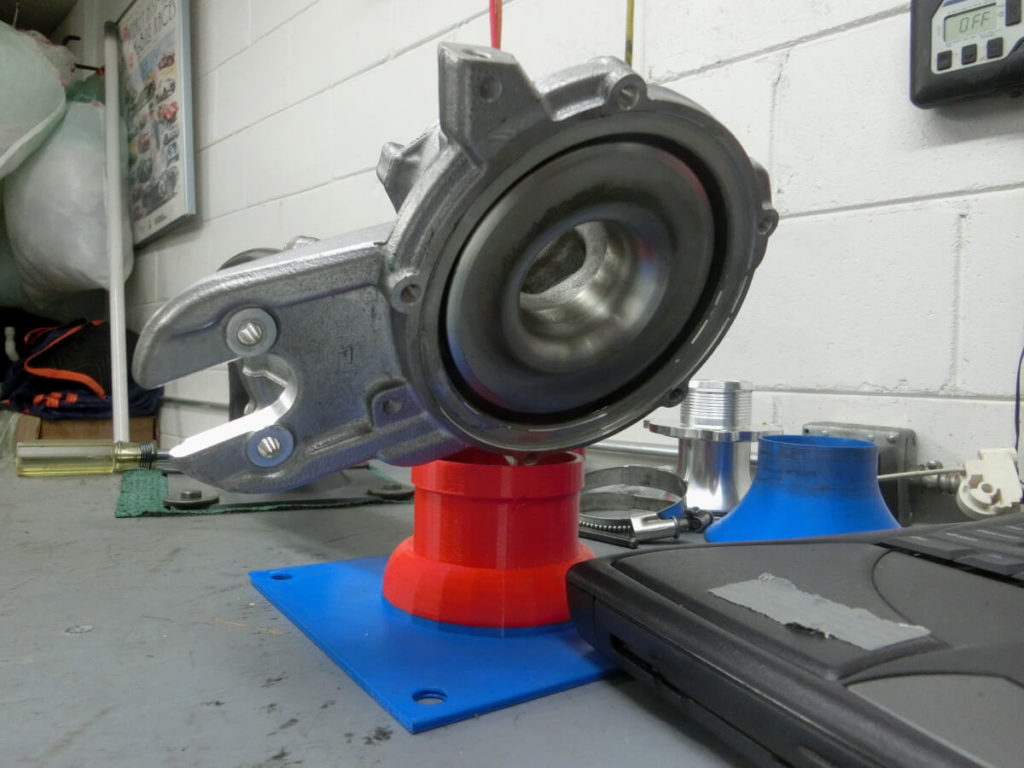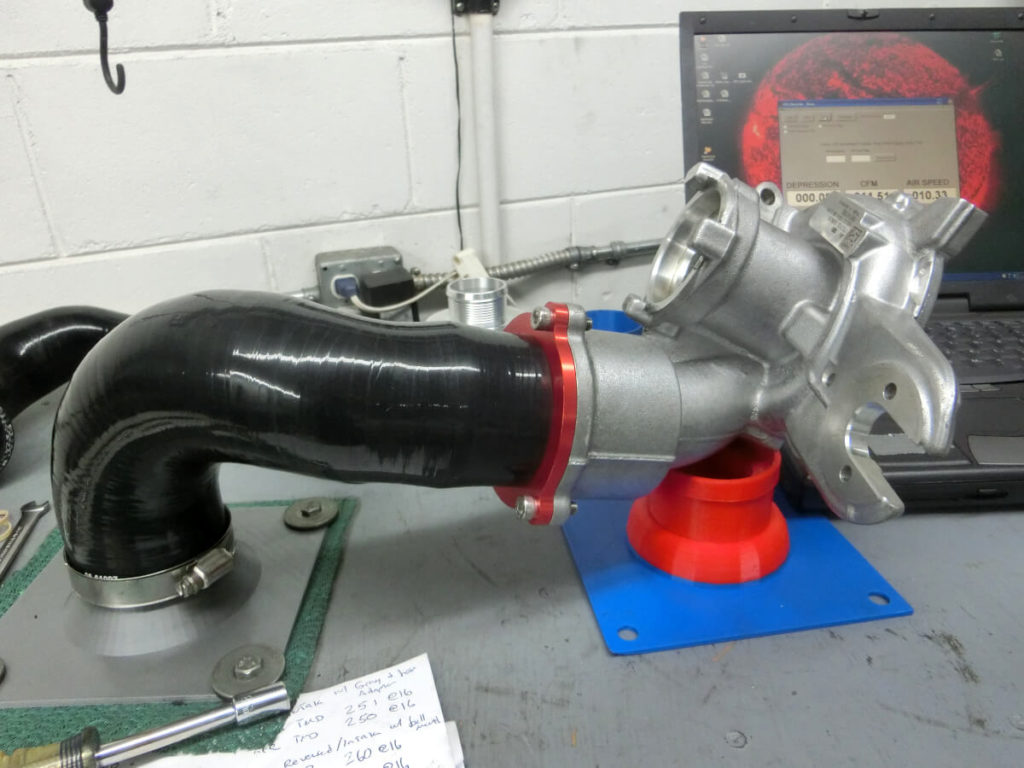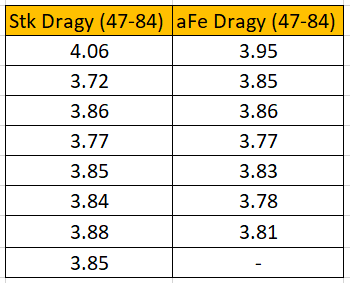Background:
When it comes to testing the Turbo Muffler Delete (TMD) I thought I had covered this part six ways to Sunday. When someone posed a question about why they saw an improvement with their car using a TMD I offered that they might have made a mistake collecting their data, or they might have made a mistake analyzing the data.
Those reasons made sense to me, they’re what I think about when I conduct a test, “what could I have missed, what mistake could I have made in collecting and evaluating the data?” Random Joe wasn’t as open to those alternatives as I am and informed me that “well I know what I saw“.
The discussion prompted me to think about possibly testing the TMD on my GTI and logging with the Dragy, but first I looked to see if any vendors had ANY data on TMD testing.
It turns out that do88 does, which is fortunate since I have found them to be very willing to discuss the results they have measured with their parts along with the method they use to gather their data. When I have observed different results from theirs they have been willing to engage in a discussion to figure out why.
do88 uses a different adapter than the one that I use and I considered the possibility that the adapter could be contributing to the different results. I got the dimensions of the do88 adapter and made an adapter of my own with similar dimensions.

On the flow bench with the new adapter, I was able to measure a significant difference between the stock Turbo muffler and aFe Turbo Muffler Delete, supporting the findings that do88 have measured but contradicting the results I’ve recorded with my adapter and the IS20 turbocharger.
Notably the second TMD that I have did not show any difference from the stock TM, even with the revised adapter. This TMD has a bell-mouth inlet, smooth barrel, and outlet of the same inner diameter as the stock muffler. The aFe has a narrower inlet than this bell-mouth product, but an outlet that is a larger diameter than stock.
From this test further evidence is available showing that having a smooth barrel, often cited as reducing turbulence and improving airflow through these parts, is not supported by data.
As for the difference that was being observed, it wouldn’t be a hard sell to convince me that the adapter I had made had some shortcoming that was causing the TMDs to perform the same. Making the case that the test of the parts on the actual turbo was giving invalid readings? That’s not so easy to get my buy-off on.
do88 speculated that possibly the amount of airflow through the compressor was the source of the unchanging flow rates I was measuring through different mufflers. To test that theory I pulled the compressor cover off of the turbo and flow tested the TM and TMD with just the compressor cover.

This led to a 28% increase in airflow through the mufflers, but still, no difference between the stock and aFe mufflers. They flowed the same amount of air when attached to the turbocharger compressor cover.

At this point, my conclusion is that do88 found an interesting adapter design that promotes a difference in airflow through the TMDs, but there’s no credible evidence to support a conclusion that an aftermarket TMD increases airflow out of a turbocharger.
Now back to Random Joe and the idea of a road test with a Dragy. I have a road and I have a Dragy, I decided to install the stock turbo muffler to see how the GTI performs, and then replace it with the aFe muffler delete and see what the Dragy says.
I normally evaluate acceleration by measuring the time it takes to accelerate from 3500 to 6300 RPM. This ensures that the IS38+ is operating at full commanded boost pressure and extends out to the point where the EQT custom tune starts to drop off the boost pressure. The Dragy allows for creating custom speed intervals and I created one from 47-84 mph, which are the speeds that correlate with the stated engine speed range in third gear, with the DQ250 DSG on my GTI.
Test Procedure:
Gathering the data was simple, find a stretch of open road and accelerate at full throttle from approximately 2000 rpm to just past 6300 rpm. The Dragy would log the time and indicate if the recording was “Valid”. This was repeated several times with a brief pause in between to allow the intercooler a short recovery time.
I set up the GTI with an IE v1 intercooler connected with a Majesty FMIC to create a super-bicooler. This much core area helps to keep IAT’s down during multiple pulls and the added airflow across the two cores presents minimal pressure drop to the turbocharger.
The turbo muffler was swapped out and the GTI left to sit overnight to return to a cool temperature. This helped to ensure the intake components were at similar temperatures for the second test session.
Test Results:
Dragy times for each series of runs are shown in the table:

Graphing the data with a box plot is shown below:

The significant amount of overlap indicates there is not much difference between the data sets.
Evaluating the data using a t-test and a 5% significance level:

The average value for each test case is very similar. There is a 0.018-second difference in the average acceleration time. The t-test accounts for the variation in the data and indicates that there is not sufficient evidence to reject the hypothesis that the test cases have the same acceleration time.
Note: If the stock run outlier of 4.06 seconds is thrown out, the stock TM average time is then less than the aFe average time. That is how close the results are.

In the chart above the stock TMD data are the dashed lines and the aFe TMD data are the solid lines.
Conclusions:
The stock GTI turbo muffler and an aFe Power turbo muffler delete were installed on an IS38 equipped GTI in support of acceleration data collection.
A comparison of the acceleration times recorded with each product installed on the GTI did not show any significant difference in acceleration times. The difference in the mean times of the observed values was 0.018 seconds.
These results show that the stock GTI turbo muffler has no detrimental effect on vehicle acceleration when compared with an aFe Power turbo muffler delete under the conditions described for this test.
